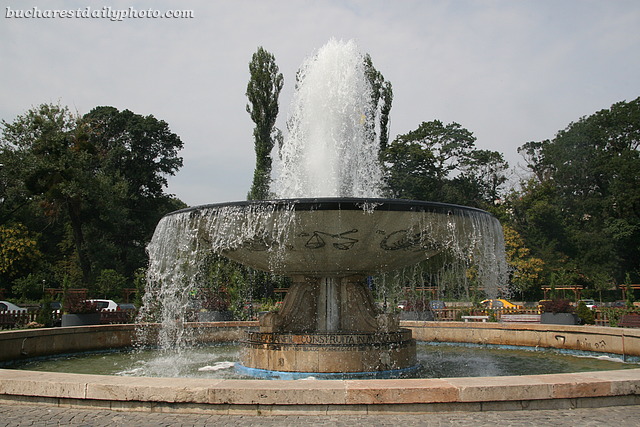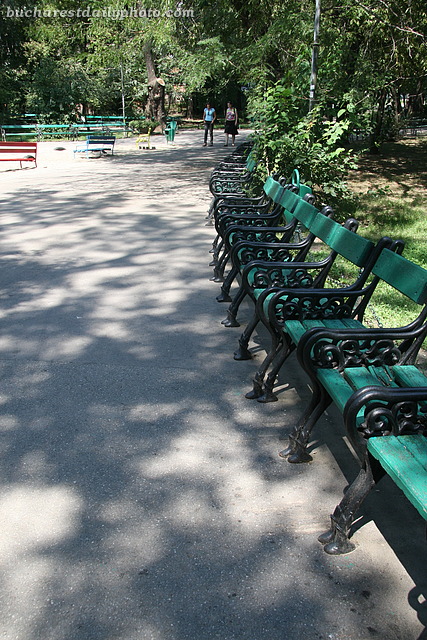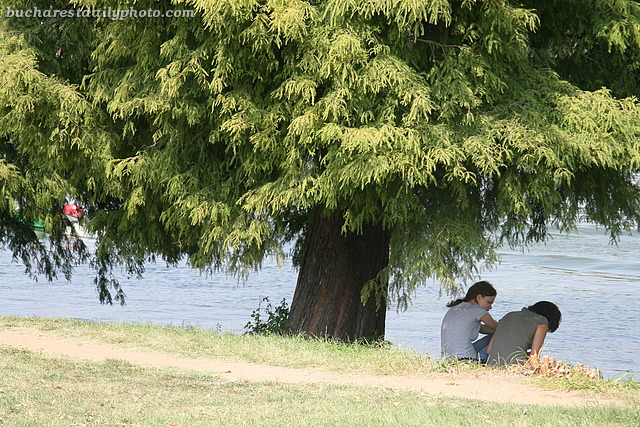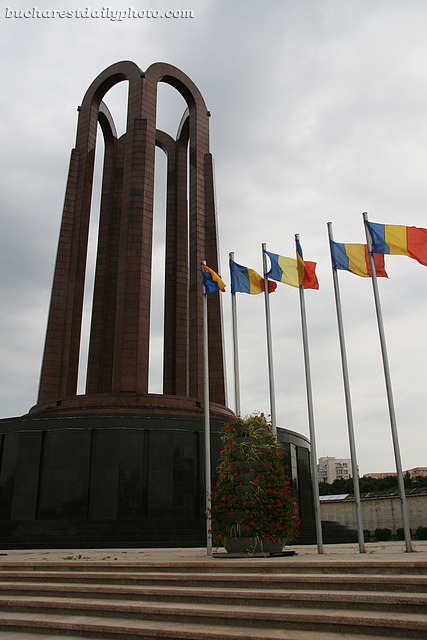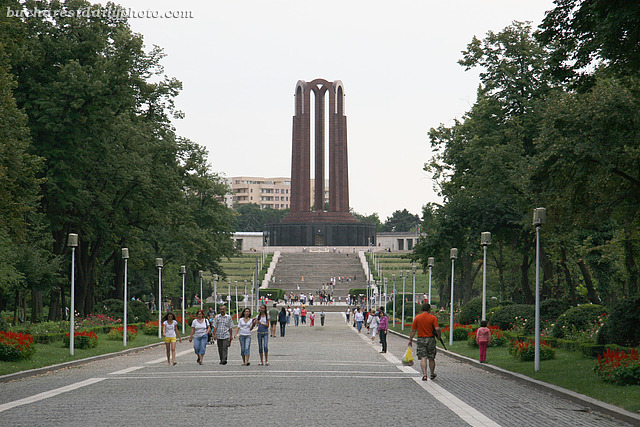What’s there to do on a sunny Saturday afternoon, when summer is almost over and school will start soon? For example, you can sit in the shadow of a tree on the edge of the lake in Park Herăstrău and share secrets with your best friend.
And another (more patriotic) shot of the mausoleum.
What does a citizen of Bucharest do if it’s nice outside and it’s a Sunday? A lot of them are heading for one of the city’s parks to chill in the shade on a wooden bench, talk to friends, play some volleyball, walk hand in hand with their sweethearts, play with other kids (if we’re talking about the little citizens), listen conversations of their neighbourgs, watch the old people play chess, rent a boat, check out other people’s outfits, drink a beer if there’s a beer garden nearby (there always is one), take pictures (like myself), rollerblade or ride the bicycle, jogg, walk the dog (if it’s allowed), feed the geese or swans or ducks, smell the flowers etc. Today’s photo shows the central alley in Carol Park on a Sunday. And as an added bonus, aside from the greenery and the people, there’s something else for you to enjoy in the picture: a piece of communist architecture, the mausoleum built in the honor of … hold your breath … “the heroes who fought for the freedom of the people and of the motherland and for socialism”. You can breathe now. I’m not kidding, that was the name of the monument during the communist regime. It was built in 1963 and until 1991 it housed the remains of many communist leaders. Nowadays the mausoleum contains the remains of soldiers fallen in WWI and has been dedicated to the Unknown Soldier. In front of it there’s a small monument flanked by guards where an eternal flame is burning.
Versiune în română